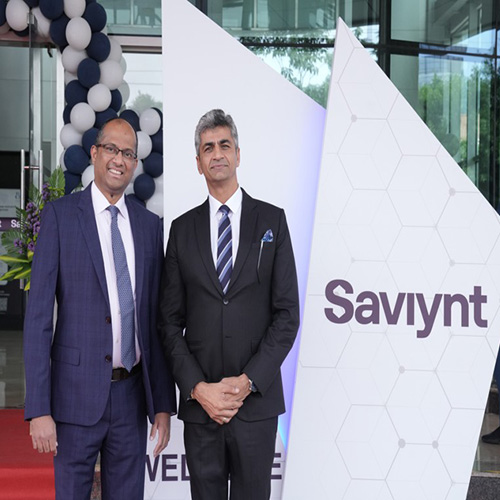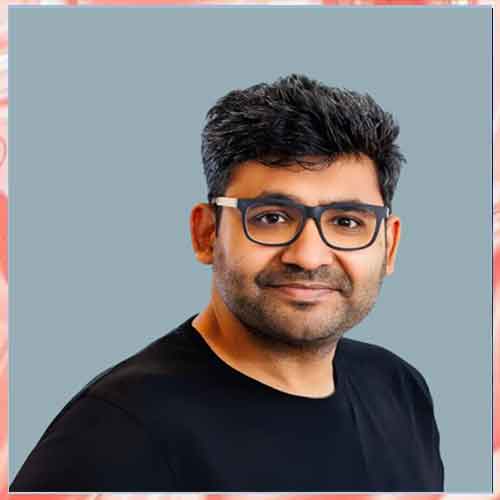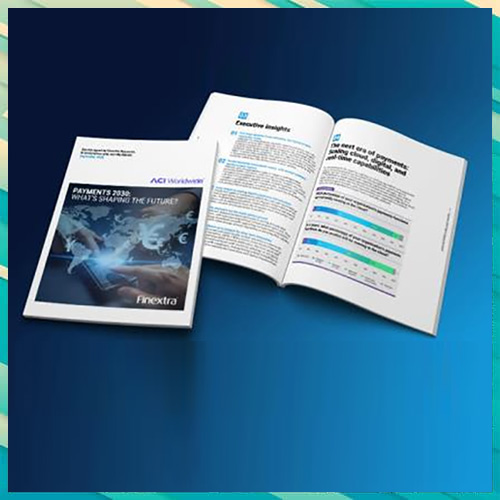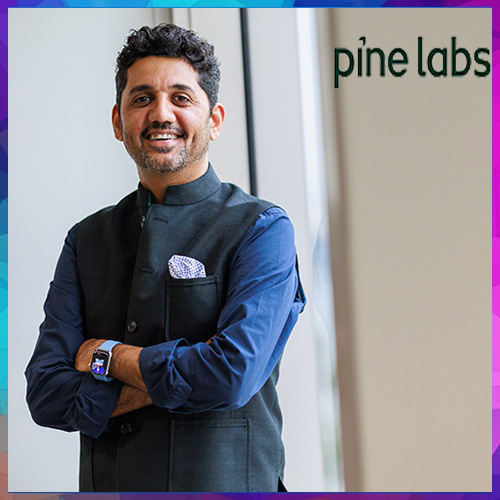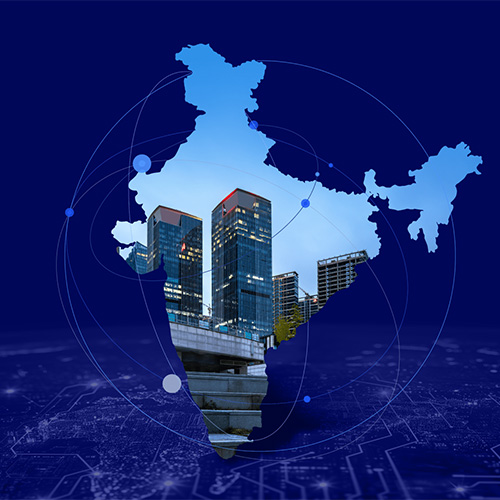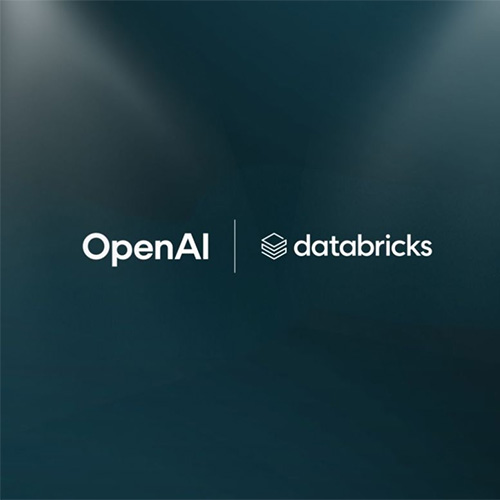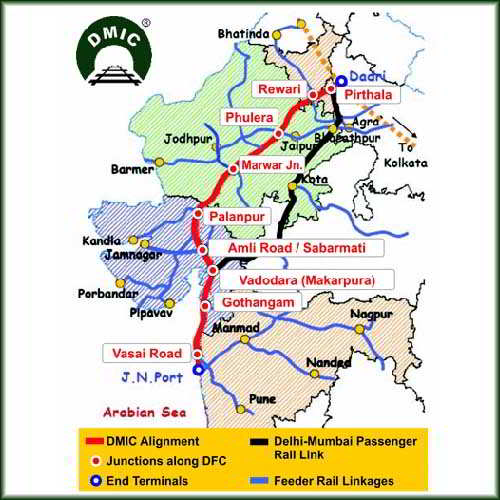
India is finally set to give shape to its futuristic smart cities - world-class, self-sustainable habitats with minimal pollution levels, maximum recycling, optimised energy supplies and efficient public transportation. The Union industry ministry has sought Rs 185 billion to develop seven cities around the Delhi-Mumbai Industrial Corridor (DMIC), that will criss-cross six states. The $90-billion DMIC project, comprising - Uttar Pradesh, Haryana, Rajasthan, Gujarat, Maharashtra and Madhya Pradesh - is being developed in collaboration with Japan as a manufacturing and trading hub.
The plan is to have brand new cities cities along Delhi-Mumbai Dedicated Rail Freight Corridor which is under implementation. The eco-friendly cities would provide world-class facilities with 24-hour power supply and drinking water, mass rapid urban transportation, with bicycle and walking tracks, complete waste and water recycling, systems for smart grids - digitally managed systems to control energy consumption - and smart metering.
The industrial hubs and eco-friendly cities along the Delhi Mumbai Industrial Corridor (DMIC) are expected to double employment opportunities, triple industrial production and increase exports by four folds over the next decade. The first of these cities would come up in Dholera investment region in Gujarat, 110 km from Ahmedabad. The master-plan for the city is ready and talks are on with farmers for the acquisition of land. Dholera is just one of the five similar-sized greenfield cities that India hopes to build in the next few years. They are Manesar-Bawal in Haryana, Indore-Mhow in Madhya Pradesh, and Dighi and Nasik-Igatpuri in Maharashtra -- all along the Delhi-Mumbai Industrial Corridor.
According to Amitabh Kant, managing director and chief executive officer, Delhi Mumbai Industrial Corridor Development Corporation (DMICDC), “There is a very strong case for planned cities. India is going to experience rapid urbanisation involving around 300 million people within the next two to three decades. This means that they will either drift to existing cities, thus congesting them further, or 10 van 18 move into new cities. If it is new cities, then they will have to be either cities that are planned, or cities that evolve, more or less in an unplanned manner.
Masterplans are ready for seven brand new cities spanning six states in what will be the biggest urban development project. Their key features are compact, vertical developments, an efficient public transportation system, the use of digital technology to create smart grids for better management of civic infrastructure, recycling of sewage water for industrial use, green spaces, cycle tracks and easy accessibility to goods, services and activities designed to foster a sense of community.
This Industrial Corridor includes developments of all means of transport including renewing or establishment of airports and seaports in the corridor cities, building and expansion of roadways and rail networks. Later 17 more cities are planned to be developed on a similar pattern. A total of 24 such new generation cities are being planned for phased development across UP, Haryana, Rajasthan, Madhya Pradesh, Gujarat and Maharashtra. The first phase will see seven of them opening their doors by 2018-19.
The processes of acquiring land, getting government clearances and generating investment have already started. Plans are also in place to integrate these cities through new airports, new rail links and arteries of ten-lane highways. The creation of a new urban vision was not the original intention, though. The DMIC was an economic and commercial initiative of the government, intended to boost manufacturing through the development of industrial centres along the western leg of the Mumbai-Delhi-Kolkata dedicated railway freight corridor.
The estimated cost of building the new cities varies from Rs. 300 billion to Rs. 750 billion at current prices, depending on their size. The central and state governments will carry the burden of financing trunk infrastructure while a publicprivate partnership model is being tried out for the first time to build houses, schools, hospitals and other facilities. “The masterplans for the cities are unique in that an effort has been made to look at the future by putting in infrastructure ahead of the demand. "We have planned for 2040," said Kant.
Some of the innovative ideas are - For instance, each city will have underground utility corridors for parking, sewage disposal and communication lines to give it a neat look and leave enough space for facilities that are missing in most existing cities, like pavements, parks and cycle tracks. The transportation axis is designed to discourage the use of private vehicles. The emphasis will be on dedicated bus and light rail corridors. The rule that the planners have tried to follow is that some form of public transport should be available within a 10-minute walk from home or office.
See What’s Next in Tech With the Fast Forward Newsletter
Tweets From @varindiamag
Nothing to see here - yet
When they Tweet, their Tweets will show up here.





